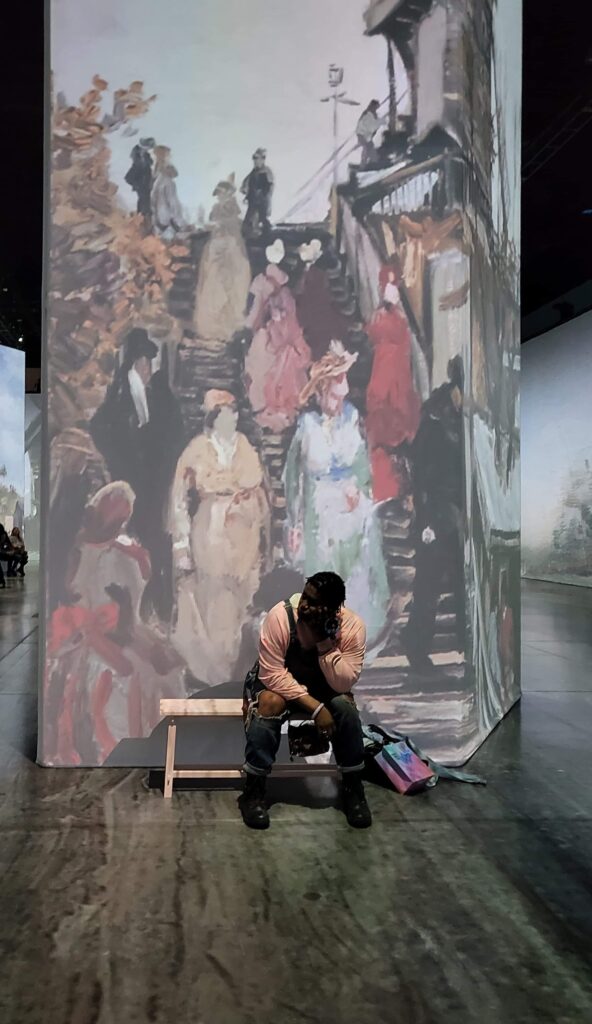Museums collect artifacts and art for both educational and enjoyment purposes. The collection and display of artifacts is a way to connect people living in the present to the past in that they are given to opportunity to examine material culture in a safe and curated environment. The curation of the past aids in making the understanding of the past more palatable and accessible to all of those who wish to learn about the artifacts on display at a museum.
Museums also collect to preserve. Like the Global Arctic Seed Vault that stores over 4 million different crops and 2.5 billion seeds that all buried in permafrost near the North Pole. A living collection of seeds from around the world that are preserved in the event of a catastrophe that could wipe out humanities agricultural diversity in which humans must regerminate all or parts of an environment. Collection for the purpose of preservation in many respects is just as necessary as museum’s collection for the purpose of enjoyment. I think I learned more about dinosaurs from museums than I did in the classroom because in a museum you can see exactly how massive dinosaurs were. To view a full articulated dinosaur in a museum as a child can be a defining moment in a child’s life that may inspire them to study and learn more about dinosaurs; maybe even aspire to become paleontologists when they grow up.
Having the opportunity to view paintings and works of arts from the past and present provides the public aesthetic pleasures that are often inspirational as well as informative. I would say I’m still not as big of fan of Vincent Van Gogh as my wife is, but I enjoyed Beyond Van Gogh: The Immersive Experience that came to Anchorage in Aug-Sept 2022. I learned a bit about Van Gough I may not have ever had the opportunity to learn before but what impressed me most about the exhibit was the use of many projectors to create this immersive experience for the viewers. It inspired me to think of a way to make a project I’m currently working on to have some mobility to move the artwork safely and for less shipping expenses. Although this was a travelling instillation, I share this as an example of the level impact art exhibitions have on a person.
The collection of artifacts and artworks by museums is I think an invaluable part of societies that desires to investigate the past or examine works of art in controlled environments with docents and curators available to share knowledge about the collections they oversee.
Although, I didn’t speak on the reading (Museum Law, Chapter 5) we were assigned regarding acquisitions in this post, I want to know if anyone else found those court cases involving the purchases, title and authentication of art works interesting? And if so, which example stuck out to you the most? I can totally see how some of those cases became sources of inspirations for novels and films about unscrupulous art dealers.
